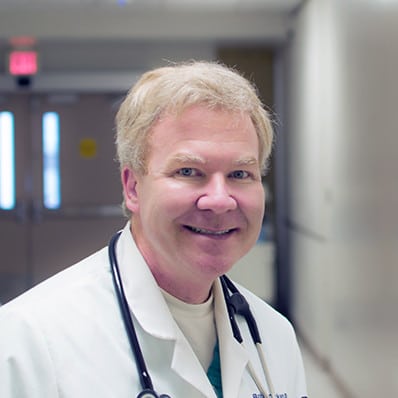
Center attacks are one of the primary causes of death internationally, but realizing the signals early may make all the difference. Dr Robert Corkern Mississippi, a renowned expert in cardiovascular health, presents invaluable assistance on the best way to recognize the first warning signs of a heart attack, which could assist saving lives. The quicker a coronary arrest is recognized, the quicker therapy can be administered, increasing the likelihood of recovery.
Chest Pain or Disquiet
The most frequent sign of a heart attack is chest suffering or discomfort. Dr. Corkern explains that this pain might experience like a tightness, stress, or heaviness in the chest, frequently defined as an elephant sitting on the chest. The discomfort may possibly radiate to the shoulders, arms, back, neck, jaw, or stomach. This feeling on average lasts for several minutes or comes and moves, and it is really a important signal to watch out for.
Shortness of Air
Still another crucial indicator of a heart attack is shortness of breath. Dr. Corkern says that when someone experiences trouble breathing or feels winded while doing easy activities, it may suggest a heart issue. Shortness of breath frequently happens along side chest suffering, but additionally, it may happen on its own. If followed by perspiration or lightheadedness, it becomes much more regarding and requires quick medical attention.
Vomiting, Lightheadedness, and Perspiration
Center attacks don't generally present with evident chest suffering, especially in girls or people who have diabetes. Dr. Corkern emphasizes that indicators like nausea, sickness, lightheadedness, or quick cool knits can be a signal of a coronary arrest, especially if they come without the clear reason. These signs might be mistaken for other conditions, but if they arise suddenly and abruptly, it's critical to seek medical support immediately.
Suffering in the Top Body
While chest pain is the most widely known sign, pain can be felt in parts beyond the chest. Dr. Corkern notes that heart attack suffering may possibly radiate to the arms, shoulders, neck, chin, right back, or even the stomach. Usually, the pain starts in one region and advances, which is often a major clue. If someone complains of suffering in some of these areas along with other indicators, a heart attack should be considered a possibility.
Weakness or Weakness
Weakness or weakness, especially sudden and unusual, may also be a red hole for a center attack. Dr. Corkern describes that individuals may experience extremely drained, actually if they have not exerted themselves physically. This serious fatigue is often associated with other indicators like shortness of breath and chest disquiet, but additionally, it may appear alone in certain cases. If someone activities sudden, severe fatigue, it's vital that you take it seriously, particularly when different symptoms accompany it.
6. Things to Do in Situation of a Thought Center Assault
Dr. Corkern worries that recognizing these indicators early and seeking medical attention instantly is critical. The first faltering step is to contact disaster services—never decide to try to operate a vehicle yourself or the affected person to the hospital. If possible, chew an aspirin (unless allergic), as it could support slim the blood and lower injury to the heart. Don't watch for all symptoms to appear; even if the chest suffering or discomfort subsides, it is vital to get medical interest right away.
To conclude, early recognition of coronary arrest indicators may save yourself lives. By understanding the common signs—chest pain, shortness of breath, nausea, upper body pain, and fatigue—Dr Robert Corkern highlights that working quickly is key. Coronary attack therapy is most reliable when administered as soon as signs appear, creating recognition and fast activity crucial in improving outcomes for heart attack patients.
